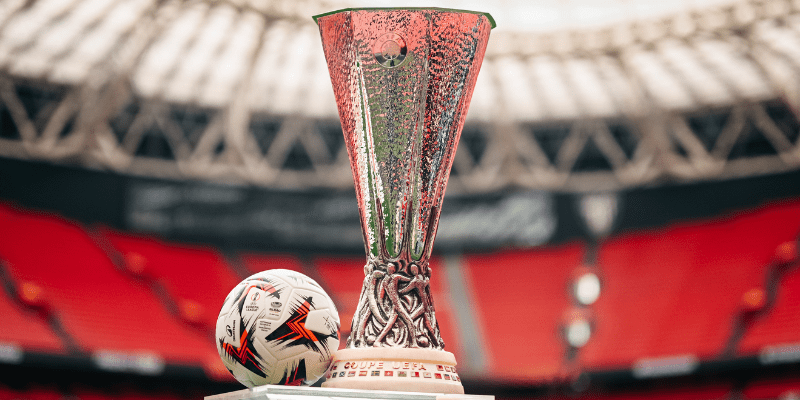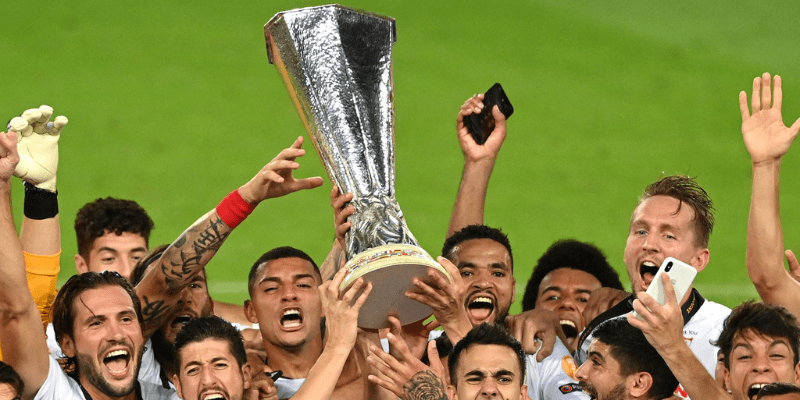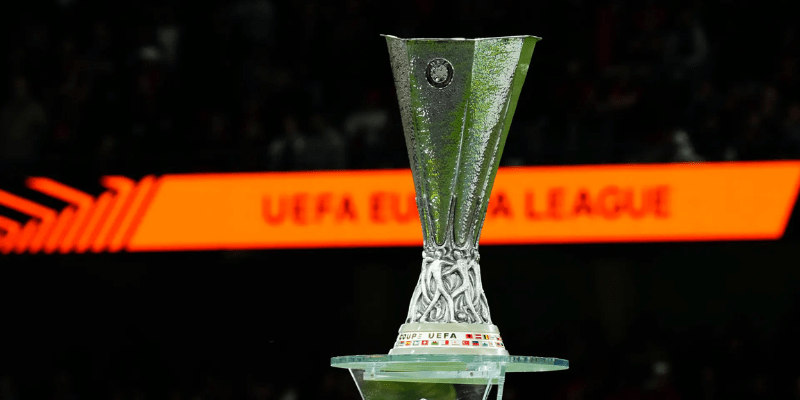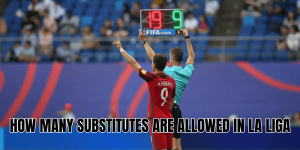The what is uefa europa cup question is one every football fan should know — because this competition is a cornerstone of European club football, full of history, glory, chances for underdogs — and often heartbreak. At its core, the UEFA Europa Cup — officially called the UEFA Europa League — is the second-tier continental competition run by UEFA, just below the Champions League. FreeKickSEO will take you through what it is, how it works, its history, importance, and what makes the Europa League a must-watch tournament every season.
What is the Europa League

The UEFA Europa League, often called the Europa Cup in informal speech, is a seasonal football competition for European clubs. It brings together teams that didn’t qualify for the Champions League (or those eliminated from early Champions League rounds), plus cup winners and high-finishing league teams. It ranks between:
- UEFA Champions League (1st tier)
- UEFA Europa League (2nd tier)
- UEFA Europa Conference League (3rd tier)
Clubs compete through qualification rounds, a league or group/league phase, knockout (or playoff) rounds, and ultimately a final to crown the winner. The champion also often earns a place in the next season’s Champions League — so there’s much more than just silver stake.
History and Evolution
The Europa League has a rich history full of transformations and reinventions. Here are its major milestones:
- Origins (UEFA Cup / Pre-1971): It evolved from the Inter-Cities Fairs Cup, a competition held from mid-1950s to 1971. In 1971, UEFA introduced what was called the UEFA Cup to replace that.
- Format changes: Over the years, the competition has shifted.
- Rebranding: In 2009-10, the competition officially changed its name from the UEFA Cup to the UEFA Europa League, largely to improve visibility, commercial appeal, and align more with the Champions League branding.
- Recent format overhaul: Starting with the 2024-25 season, a brand-new format replaced the traditional group stage with a 36-team league phase, more matches, and a staged knockout or playoff path to the final.
Format: How Europa League Works Today
FreeKickSEO will break down how the Europa League operates in modern seasons (2025/26) so you can understand what teams do, when, and why fans care.
Overall structure
- The 2025-26 season is the 55th edition of the competition, 17 years since the rebrand.
- League phases, qualifying rounds, playoffs, knockout rounds, all the way to one final match at a neutral stadium. The final for 2025-26 is scheduled at Beşiktaş Stadium in Istanbul, Turkey.
Qualification
Teams qualify via several routes:
- Domestic league rankings (teams finishing just below Champions League spots)
- Domestic cup winners from each national association (if they don’t qualify for higher UEFA competition)
- Teams eliminated from the Champions League qualifying rounds or playoffs may drop into the Europa League depending on the path (Champions Path or League Path)
League phase & elimination path
- In 2024-25 UEFA introduced a 36-team league phase (instead of many small groups). This means more consistent competition and more high-profile matches.
- After this league phase, teams proceed through knockout rounds and/or playoff rounds, gradually narrowing down to semi-finals and final. Some teams drop into or.
Why It Matters: Prestige, Opportunities, and Records

The Europa League (Europa Cup) might be second in name to Champions League, but its value is huge:
- Prestige and trophies: Many storied clubs have won it multiple times, with Sevilla being historically dominant in this competition.
- Path to Champions League: Since 2014-15, winning the Europa League often grants entry to the next season’s Champions League — a massive incentive.
- Platform for underdogs: Smaller and midsize clubs can compete on European stages, earn exposure, revenue, and test themselves against bigger names.
- Memorable nights and history: Many unforgettable matches have happened in this competition; finals between unlikely opponents, comeback wins, emotional stories. Fans love that.
Key Facts & Statistics
To give you more depth, here are some sharp facts and stats every fan should know:
- The Europa League has been held 55 times by the 2025-26 season.
- Rebranded from UEFA Cup in 2009-10.
- It sits between Champions League (top) and Conference League (third tier) in UEFA’s hierarchy.
- Final for 2025-26: May 2026, Beşiktaş Stadium, Istanbul.
- Number of participating teams in the league phase: 36.
Common Confusions and FAQs
Here are things fans often mix up — clarified.
- Europa Cup vs Europa League: They refer to the same competition. „Europa Cup” is informal; the formal name is UEFA Europa League.
- UEFA Cup: The old name (pre-2009) for Europa League. Same lineage.
- Champions League drop-outs: Some teams get transferred into Europa League from Champions League qualifiers or group stage elimination—depends on which round and path.
- Does winning guarantee Champions League? Yes—under current rules, Europa League champions get a spot in the next Champions League group stage.
What’s New in 2025-26

This season adds wrinkles and interest:
- The competition is operating under its relatively new format (introduced 2024-25) with the 36-team league phase, more matches, more competition.
- The final set, knockout rounds, and dates are established. Clubs are already in qualification, leading into the league phase.
Conclusion
The what is uefa europa cup question reveals more than a definition — it opens the door to a world of drama, hope, and European football’s beating heart. For clubs outside the Champions League elite, for cup winners, for leagues.
FreeKickSEO hopes this clarified what the UEFA Europa Cup (Europa League) actually is — its rules, history, why it matters. Next, you might want to follow the fixtures, track which clubs are in your national league, or check prediction guides. Let’s stay tuned as this season unfolds; every match has a story, and every goal could change history.






